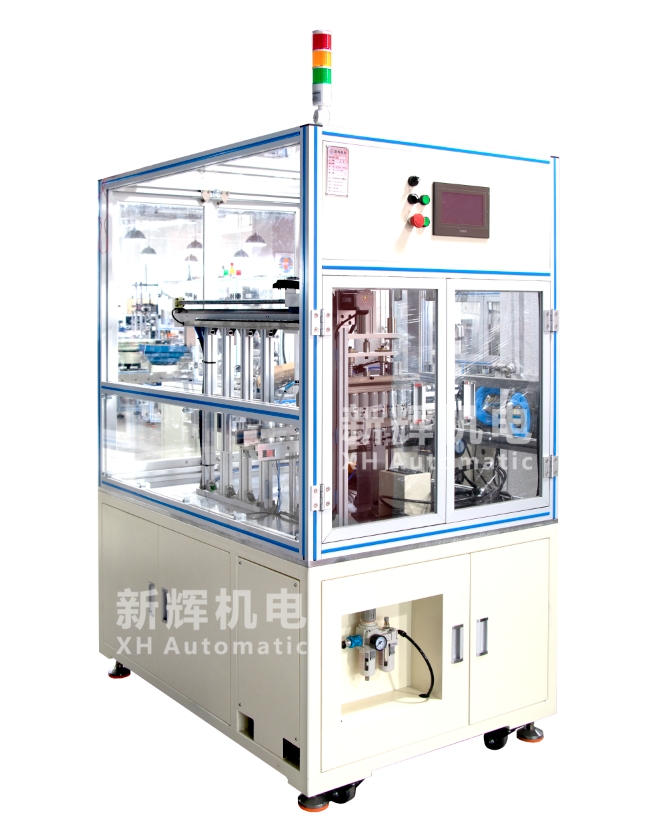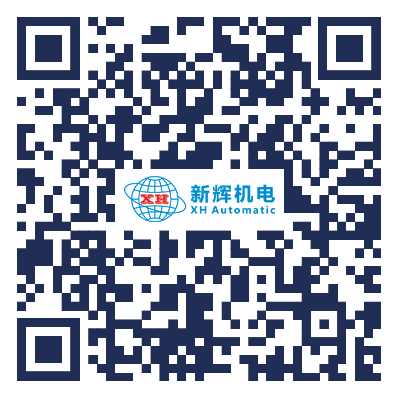How to fault analyze and troubleshoot the DC brushed motor motor fully automatic skimmer?
I. Failure analysis steps
l Observe the fault phenomenon
First of all, we should carefully observe the various manifestations of equipment failure. For example, whether the reclaimer completely stops working, or just part of the function is abnormal, such as the reclaiming speed slows down, the material level detection is not accurate. Observe whether the motor is still running, whether there is any abnormal sound (such as friction, buzzing or clicking), odor (such as burning smell), and the status of the equipment's indicator light (whether there is a fault light on) and so on.
Note the state of the material during the receiving process, such as whether the material is clogged in a certain position, whether there is a leak, or whether the conveyance is not smooth. These observations will provide important clues for subsequent fault analysis.
l Collect equipment information
Understand the model, specifications, service life and recent maintenance records of the equipment. This information can help determine the type of equipment failure that may be occurring. For example, equipment with a longer service life may be more prone to problems such as deterioration and wear and tear of components; if parts have been recently repaired or replaced, it may be necessary to check whether the new parts are installed correctly or are compatible with other parts.
Ask the operator about the operation of the equipment before the fault occurred, including whether abnormal operation (such as mis-setting parameters, overload operation, etc.), whether there are external factors (such as sudden power outages, water ingress, etc.), which can help to locate the triggering cause of the fault.
l Preliminary judgment of the scope of the fault
Based on the observed phenomena and collected information, initially determine the system or components that may be involved in the fault. For example, if the motor does not run and there is no sound, it may be a fault in the power supply, the motor controller or the motor itself; if the skimmer runs but the skimming speed is abnormal, it may be related to the speed sensor, the speed controller or the transmission system.
Use technical information such as schematics and wiring diagrams of the equipment to further narrow down the scope of the fault. These drawings can help to understand the connection relationship between the various components and the signal flow, so as to determine the possible location of the fault.
l In-depth inspection of suspicious parts
Conduct a detailed inspection of the initially suspected parts. For electrical components, use a multimeter or other tool to check whether the parameters such as voltage, resistance and current are normal. For example, check whether the resistance value of the motor winding is within the normal range, and check whether the output signal of the sensor meets the requirements.
For mechanical parts, check whether their appearance is damaged (e.g., worn, deformed, ruptured, etc.) and whether the connection is loose. For example, check whether the drive belt is loose or broken, and check whether the bearing is stuck or badly worn.

II. Common troubleshooting methods
l Power-related faults
Failure phenomenon: the equipment can not start, the indicator does not light.
Troubleshooting methods: first check whether the power plug is plugged in properly and whether the socket is energized. You can use other electrical equipment to test the socket. Then check whether the fuse inside the device is blown, if it is blown, you need to replace the fuse with the same specification. At the same time, check whether the power line is broken, short-circuited, etc., if necessary to repair or replace.
l Motor Failure
Failure phenomenon: the motor does not run or runs abnormally (such as unstable speed, abnormal sound, etc.).
Troubleshooting method: If the motor does not run, first check whether the power input of the motor is normal, including whether the motor wiring is firm and whether the controller has output signal. For brushed motors, check whether the brushes are badly worn or have poor contact, if the brushes are problematic, replace the brushes. If the motor runs but the speed is unstable, check whether the speed sensor works normally and whether its connection is good, and also check the parameter setting and working status of the speed controller, and adjust or replace it if there is any problem. If the motor makes abnormal sound, it may be that the bearing inside the motor is damaged or there is foreign matter entering, it is necessary to disassemble the motor for inspection and cleaning, and replace the damaged bearing.
l Sensor failure
Failure phenomenon: material level sensor failure leads to inaccurate detection of material level, or speed sensor failure makes the speed control ineffective.
Troubleshooting method: For the material level sensor, check whether its installation position is correct and whether it is blocked by materials. Clean the surface of the sensor and check if the sensor's connection wiring is loose or damaged. Use a standard test object to check whether the output signal of the sensor is normal, if not, it may be necessary to replace the sensor. For speed sensors, similarly check the mounting, connections and clean surfaces, check the accuracy of the output signal by comparative testing (e.g. using a tachometer) and replace or calibrate the faulty sensor.
l Drive train failure
Failure phenomenon: the material receiving speed of the reclaimer slows down, abnormal sound or slipping phenomenon of the transmission parts.
Troubleshooting method: Check whether the drive belt or chain is loose, worn or broken, if so, adjust the tension or replace the belt/chain with a new one. Check whether the gears are seriously worn, if so, replace the gears. At the same time, check the lubrication of the transmission parts to make sure there is enough lubrication to avoid failure caused by dry friction.
l Control system failure
Failure phenomenon: the action sequence of the equipment is confused, the parameter settings can not be saved or the equipment can not respond to the control instructions.
Troubleshooting method: For programmable logic controller (PLC) control system, check whether there is any error in the program (e.g. logic confusion, loss of program, etc.), and re-download or correct the program through programming software. Check whether the input/output (I/O) module of the PLC is working properly and replace the damaged module. For human-machine interface (HMI) failure, check whether the connection line is loose, whether the screen is damaged, try to restart or update the HMI software. At the same time, check whether the transmission line of the control signal is interfered, and take shielding measures to reduce electromagnetic interference.
※ If the above methods still can not solve the equipment failure, please contact the technical specialist of Xinhui Electromechanical Equipment Company Limited through the page chat tool to seek help.







